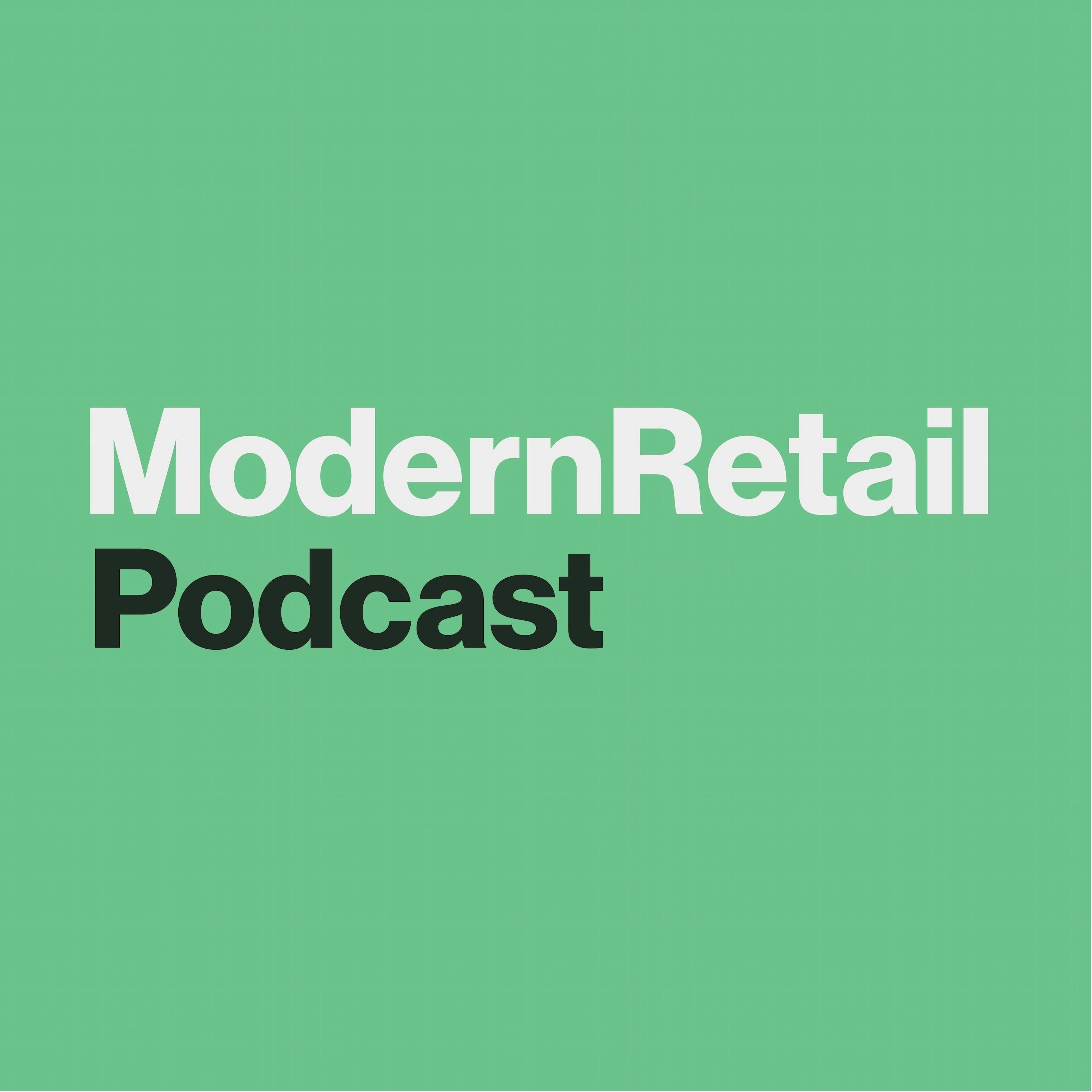We can't find the internet
Attempting to reconnect
Something went wrong!
Attempting to reconnect

Access AI content by logging in
Sometimes, businesses start out as direct-to-consumer. Other times, they’re forced into it.
That’s essentially what happened with Farmer’s Fridge, a company best known for its salad vending machines. Since 2013, the company has been growing its vending machine presence -- first in the Midwest, and then beyond. Its core customers were workers looking for quick and healthy lunches on the go. But the pandemic changed all of that.
Over the last year, Farmer’s Fridge focused less on its vending machines as fewer people commuted to the office, and more on building out its own home delivery program. According to founder and CEO Luke Saunders, this pivot worked. Farmer’s Fridge now has three primary channels: vending machines, business-to-business and home delivery. This year is [about] getting back to growth,” said Saunders on the Modern Retail Podcast. “We’re doing [that] across all three channels.”
For most of its life, Farmer’s Fridge didn’t need to spend much money on advertising. The vending machines were billboards unto themselves and sales grew pretty organically. But over the last year, the company has invested in some performance marketing. “That’s probably one of the biggest transformations for the businesses,” said Saunders. “Now we do a considerable amount of performance marketing for that delivery channel.”
Things are now beginning to open back up and Farmer’s Fridge is going from defense mode to offense. While it grew its delivery network, it is now also ready to focus on its B-to-B and vending machine business.
“It’s now an omnichannel business,” said Saunders. “The idea is we’re gonna bring the food to wherever the customers are.”
